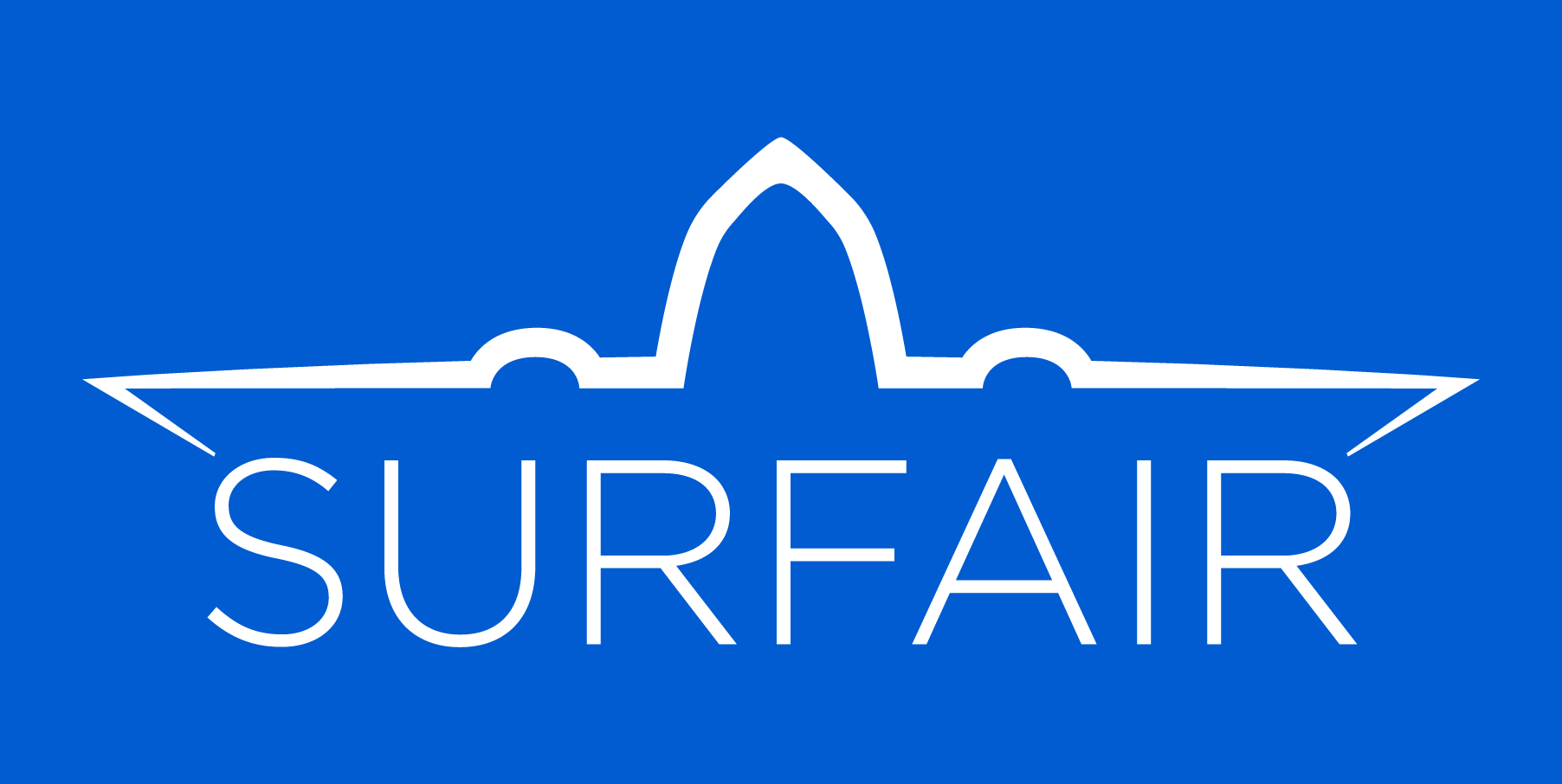
Novel Testing Capabilities
For rapid material, coating, and environmental severity testing assessments, the Acuity™ product line (LS, CR, ES) provides real-time monitoring of the local environment and corrosivity, including self corrosion and galvanic corrosion of user-selected materials (Acuity). These devices have been deployed on various aerospace and space assets in severe coastal locations and accelerated corrosion test chambers, demonstrating the ability for rapid material assessment and qualification saving time and cost in comparison to traditional test methods2,3.
To account for environmentally assisted cracking (EAC), such as stress corrosion cracking (SCC) and corrosion fatigue (CF), a novel static load EAC (SLEAC™) apparatus has been developed to provide real-time crack length and crack growth rate using compliance-based methods. The SLEAC system can be used in accelerated laboratory tests and at outdoor exposure sites. This advanced testing capability enables direct correlation between weather events and mechanical degradation for material and coating performance assessments applicable to structural integrity4.
Automated Severity Tracking
Aircraft Corrosion Monitoring and Prediction, Air-CMP, allows asset severity tracking and fleet-wide trend analysis to inform long-term maintenance planning based on usage severity. Virtual sensors require only takeoff/landing locations and dates to provide an estimated cumulative exposure severity, while an optimized combination of virtual and physical on-asset sensors through transfer functions provides more detailed component-level exposure severity determination.
For facility-based data, the Corrosion Data Analysis Tool (C-DAT) for unified cloud-based storage and analysis, allows streamlined communication between corrosion engineers collecting data and corrosion managers making decisions, as well as mapping to environmental severity classifications for future corrosion estimates.
Predictive Modeling and Risk Mapping
To complement MIL-STD-889D, the Galvanic Compatibility Tool provides rapid visual assessment of bare material couples to aid with material selection (Galvanic Compatibility Tool). For further detailed analysis, a finite element method (FEM) application, Environmental Modeling for the Prediction of Atmospheric Corrosion (EM-PAC), accounts for the environment and geometry to provide spatially-resolve galvanic corrosion risk mapping5. A Predictive Coating Condition Model (PCCM) can be used to forecast the remaining lifetime of a coating for given environmental exposures6.
Find additional information about Acuity Corrosion Systems and resources here: https://bit.ly/48vn1RS.

